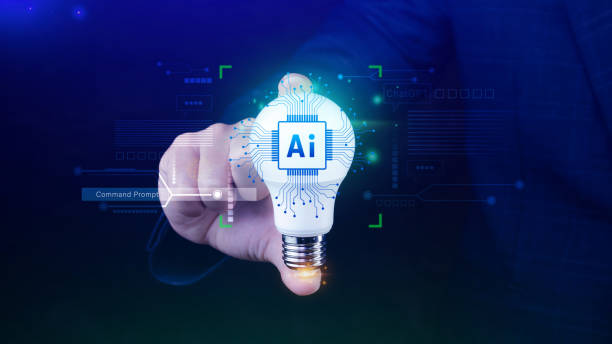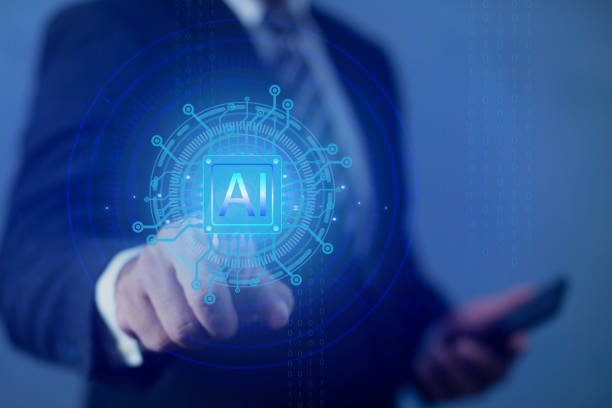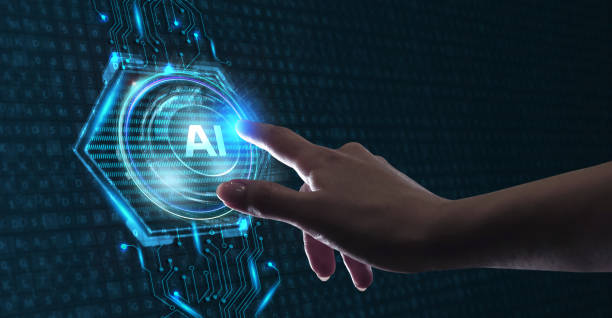What is an Artificial Intelligence Robot and How Does it Work?
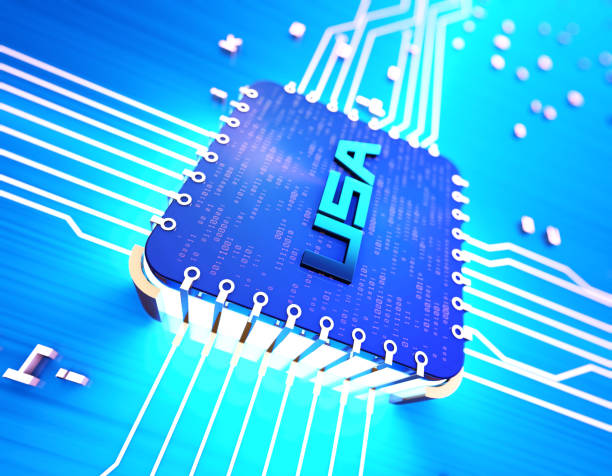
#Artificial Intelligence Robot is a combination of two fields: #Robotics and #Artificial_Intelligence.
These robots are machines that can perform tasks that typically require human intelligence using complex algorithms.
These tasks can include learning, reasoning, problem-solving, sensory perception, and natural language processing.
Artificial intelligence robots collect environmental information using sensors and then analyze and make decisions using processors and specialized software.
In short, an artificial intelligence robot tries to simulate human intelligence and help humans in various fields.
Artificial intelligence allows robots to perform their tasks automatically without the need for precise and pre-determined instructions.
The application of artificial intelligence robots is expanding day by day and plays an important role in various industries including manufacturing, medicine, customer service, and even art.
Is your online store ready to attract maximum customers and increase sales? Rasaweb transforms your online business by designing modern and efficient online stores.
✅ Increased speed and improved SEO
✅ Excellent user experience on mobile and desktop⚡ Get free online store design consultation from Rasaweb!
Main Components of an Artificial Intelligence Robot
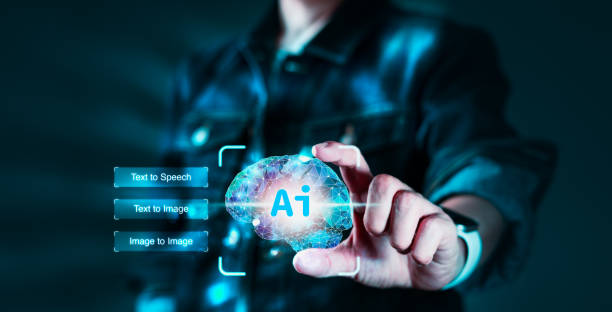
An artificial intelligence robot consists of several main parts.
Sensors play the role of receiving information from the environment.
These sensors can include cameras, microphones, temperature sensors, pressure sensors, and so on.
Processors (CPU or GPU) are the thinking brain of the robot and are responsible for analyzing data and making decisions.
Artificial intelligence software includes algorithms and models that allow the robot to learn, reason, and solve problems.
This software is usually developed using programming languages such as Python and Java.
Actuators are mechanical or electronic parts that allow the robot to move in or interact with the environment.
These actuators can include motors, pumps, arms, and so on.
Power source is responsible for providing the energy required for the robot to function.
This power source can include batteries, solar cells, or connection to city electricity.
Interaction and coordination between these components enable an artificial intelligence robot to perform its tasks effectively.
The design and construction of these components vary depending on the type of application of the robot.
Types of Artificial Intelligence Robots Based on Application
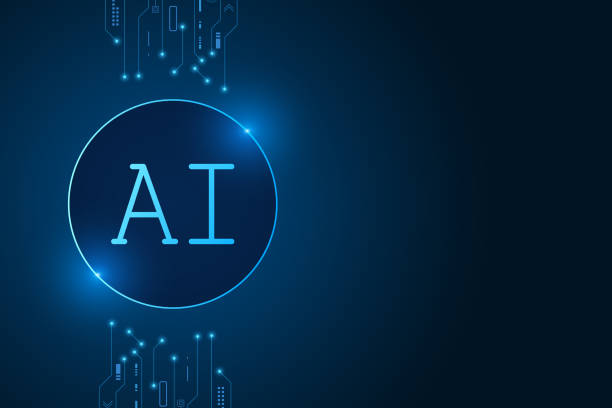
Artificial intelligence robots are divided into different types based on their application.
Industrial robots are used in factory production lines to perform repetitive and precise tasks.
Medical robots play a role in complex surgeries, rehabilitation, and patient care.
Service robots are used in hotels, restaurants, and airports to provide services to customers.
Military robots are used in reconnaissance operations, bomb disposal, and warfare.
Space robots are designed to explore planets, repair satellites, and collect space samples.
Each of these types of robots has special features and capabilities that make them suitable for performing specific tasks.
For example, medical robots must be very accurate and reliable, while military robots must be robust and fast.
Choosing the right type of artificial intelligence robot depends on the specific needs and requirements of each application.
| Robot Type | Application |
|---|---|
| Industrial | Production Lines |
| Medical | Surgery, Rehabilitation |
| Service | Customer Service |
Advantages and Disadvantages of Using Artificial Intelligence Robots
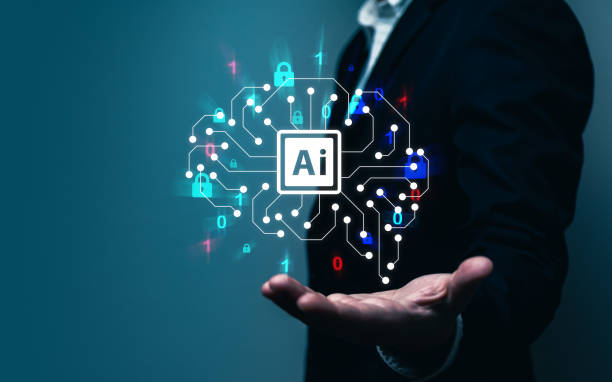
The use of artificial intelligence robots has many advantages.
These robots can perform tasks faster and more accurately than humans.
They are able to work in dangerous and difficult environments and prevent fatigue and human errors.
Artificial intelligence robots can work around the clock without the need for rest and increase productivity.
However, the use of artificial intelligence robots also has disadvantages.
The initial cost of purchasing and maintaining these robots is usually high.
Replacing human labor with robots can lead to job losses and increased unemployment.
Artificial intelligence robots may not function correctly in unexpected and complex situations and require human supervision and intervention.
In addition, ethical issues related to the use of artificial intelligence robots, such as protecting privacy and data security, should also be considered.
Does your current corporate website fail to reflect the credibility and power of your brand as it should? Rasaweb solves this challenge for you with professional corporate website design.
✅ Increased credibility and visitor trust
✅ Targeted attraction of more customers
⚡ Click to get a free consultation!
Challenges of Developing and Implementing Artificial Intelligence Robots
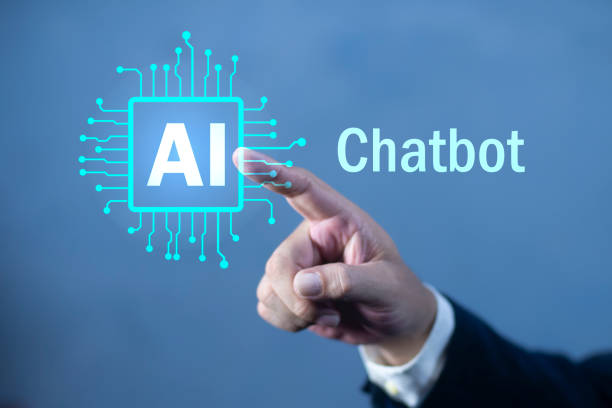
Developing and implementing artificial intelligence robots comes with numerous challenges.
Data collection and processing is one of the most important of these challenges.
Artificial intelligence robots need a large amount of data to learn and improve their performance.
This data must be collected and processed accurately to prevent errors and deviations.
Developing complex algorithms is also a major challenge.
Artificial intelligence algorithms must be able to solve complex problems and function effectively in different situations.
Hardware and software integration is also an important challenge.
Hardware and software components must work together harmoniously so that the robot can perform its tasks correctly.
Ethical and legal issues should also be considered.
The use of artificial intelligence robots should be done in compliance with ethical principles and relevant laws to prevent potential problems.
Ethics in artificial intelligence is a very critical issue that should be considered.
Artificial Intelligence Robot and the Future of Work
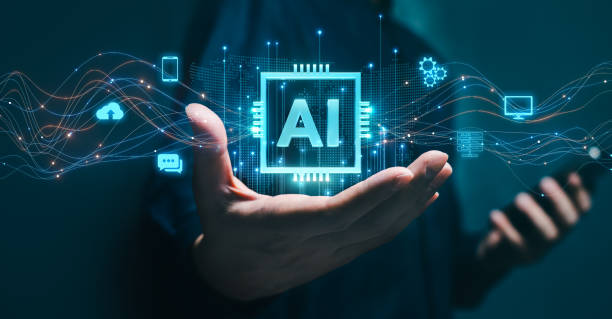
Artificial intelligence robots will have a significant impact on the future of work.
Some jobs will be completely replaced by robots, while others will require new skills.
Jobs that involve repetitive and routine tasks are most at risk of being replaced.
In contrast, jobs that require creativity, critical thinking, and social skills are less at risk.
To succeed in the future of work, people must keep their skills up to date and be able to work with robots and artificial intelligence.
Learning new skills and adapting to technological changes is of great importance.
Artificial intelligence robots can be used as a powerful tool to increase productivity and improve the quality of work.
Case Study of Successful Applications of Artificial Intelligence Robots
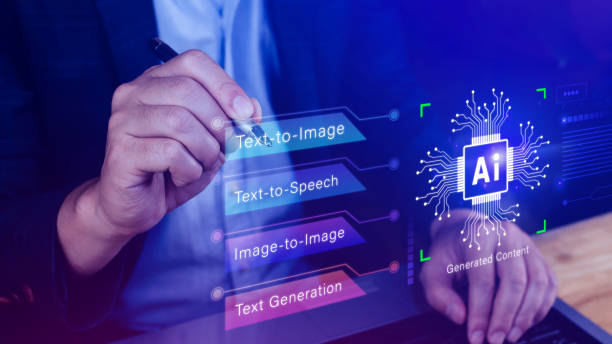
Successful applications of artificial intelligence robots in various industries show that this technology has a high potential to improve performance and increase productivity.
In the automotive industry, artificial intelligence robots are used in production lines to perform assembly, painting, and welding tasks.
In the medical industry, robots are used in precise surgeries, rehabilitation, and patient care.
In the customer service industry, chatbot robots are used to answer customer questions and provide online support.
In the agriculture industry, robots are used for planting, maintaining, and harvesting agricultural products.
These applications show that artificial intelligence robots can help improve performance and reduce costs in various fields.
Artificial intelligence robots are able to continuously improve their performance using machine learning and data processing.
| Industry | Application | Advantages |
|---|---|---|
| Automotive | Assembly, Painting | Increased Speed and Accuracy |
| Medical | Surgery, Rehabilitation | Reduced Human Error |
| Customer Service | Online Answering | 24-Hour Access |
| Agriculture | Planting, Maintaining, Harvesting | Increased Productivity |
Ethical and Legal Issues Related to Artificial Intelligence Robots

The use of artificial intelligence robots raises numerous ethical and legal issues.
Accountability is one of the most important of these issues.
If an artificial intelligence robot makes a mistake and causes damage, who will be responsible? Is the robot’s manufacturer, the user, or the robot itself responsible? Privacy is also an important issue.
Artificial intelligence robots typically collect a lot of information about users.
How can this information be protected and prevented from being misused? Discrimination is also a serious issue.
Artificial intelligence algorithms may make discriminatory decisions based on incorrect or incomplete data.
Security is also an important issue.
Artificial intelligence robots may be subject to cyber attacks and their control may fall into the hands of malicious individuals.
To solve these issues, there is a need to enact appropriate laws and regulations and create strong ethical frameworks.
Artificial intelligence laws should be formulated in a way that protects the rights and interests of individuals.
Are you annoyed by losing customers due to the outdated appearance or slow speed of your online store? The specialist Rasaweb team solves these problems with professional online store design!
✅ Increased Customer Trust and Brand Credibility
✅ Dazzling Speed and Excellent User Experience
Get a free consultation with Rasaweb right now ⚡
The Future of Artificial Intelligence Robots and Key Predictions
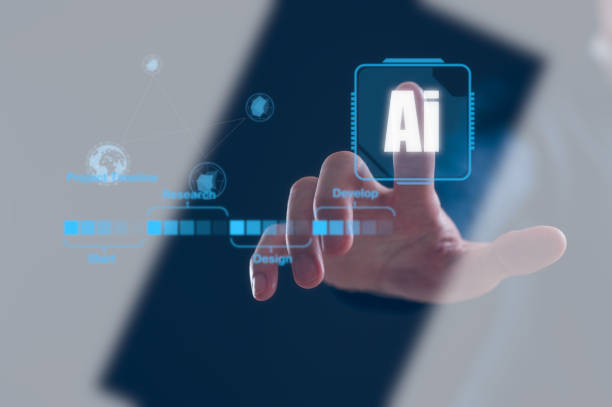
The future of artificial intelligence robots is very bright and full of opportunity.
It is predicted that in the coming years, robots will play a much more important role in our lives.
Increased processing power of computers and development of new algorithms will enable robots to perform more complex tasks.
Reduced costs and increased access to artificial intelligence technologies will cause robots to be used more widely in various industries and even in homes.
Integration of robots with the Internet of Things and the cloud will enable robots to work in harmony with each other and with other devices.
In the future, artificial intelligence robots can play an important role in various fields including health, education, transportation, and security.
Artificial intelligence robots will eventually become an integral part of human life.
How to Choose and Implement an Artificial Intelligence Robot?
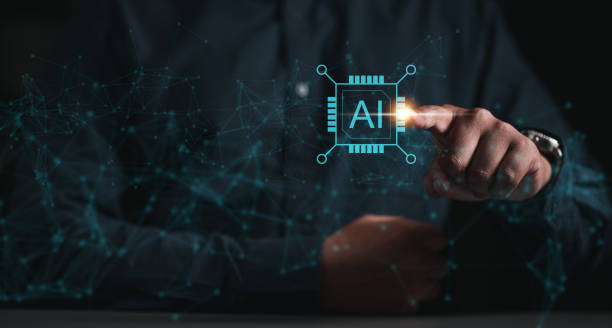
Choosing and implementing an artificial intelligence robot is a complex process that requires careful planning and thorough evaluation.
Identifying needs and goals is the first step.
It must be determined for what purpose the artificial intelligence robot is being used and what goals should be achieved.
Reviewing and comparing different options is the next step.
Different artificial intelligence robots should be compared based on their features, capabilities, and prices.
Evaluating risks and costs is also very important.
Potential risks and costs of implementing artificial intelligence robots should be considered.
Training and preparing personnel is also necessary.
Personnel should receive the necessary training to work with artificial intelligence robots.
Implementation and testing is the final step.
After implementing the robot, it should be fully tested to ensure its proper functioning.
Artificial intelligence robots should be implemented in a way that is compatible with the specific needs and requirements of the organization or individual.
FAQ
| Row | Question | Answer |
|---|---|---|
| 1 | What is an artificial intelligence robot? | An artificial intelligence robot is a machine capable of understanding, reasoning, learning, and problem-solving, and can perform complex tasks with relative autonomy. |
| 2 | What are the most important applications of artificial intelligence robots? | Main applications include industrial manufacturing, customer service (chatbots), medicine and surgery, self-driving transportation, space exploration, and military affairs. |
| 3 | What is the main difference between an artificial intelligence robot and a regular robot? | A regular robot only follows programmed instructions, while an artificial intelligence robot can learn from data, make decisions, and adapt to new environments. |
| 4 | How do artificial intelligence robots learn? | They identify patterns and improve their performance through machine learning algorithms (such as deep learning, reinforcement learning) and processing huge amounts of data. |
| 5 | Can artificial intelligence robots have emotions? | Currently, artificial intelligence robots do not have real emotions in the human sense. They can mimic or recognize emotions, but they do not understand or experience them. |
| 6 | What are the current limitations of artificial intelligence robots? | Limitations include the need for a lot of data, the inability to understand abstract concepts, the lack of real creativity, ethical issues, and the challenges of generalizability in new environments. |
| 7 | What is the role of artificial intelligence in the development of humanoid robots? | Artificial intelligence helps humanoid robots to walk, maintain their balance, understand their surroundings, interact with humans, and perform complex tasks. |
| 8 | How is the future of artificial intelligence robots predicted? | It is predicted that artificial intelligence robots will become smarter, more autonomous, and capable of performing more complex tasks in everyday life and industry, and their interaction with humans will increase. |
| 9 | Can artificial intelligence robots replace all human jobs? | It is unlikely that all human jobs will be replaced. Robots take over many repetitive and dangerous tasks, but jobs that require creativity, empathy, and moral judgment will remain. |
| 10 | What ethical and social challenges arise with the expansion of artificial intelligence robots? | Challenges include issues related to privacy, data security, ethical decision-making by robots, impact on employment, and accountability in case of errors. |
And other services of Rasa Web Advertising Agency in the field of advertising
Intelligent Brand Identity: Professional optimization for customer behavior analysis using SEO-oriented content strategy.
Intelligent Content Strategy: A novel service to increase customer attraction through dedicated programming.
Intelligent Social Media: A creative platform to improve customer attraction with marketing automation.
Intelligent Social Media: A dedicated service for growth increase in sales based on accurate audience targeting.
Intelligent Marketing Automation: A dedicated service for growth campaign management based on user experience customization.
And more than hundreds of other services in the field of internet advertising, advertising consulting and organizational solutions
Internet Advertising | Advertising Strategy | Advertorial
Sources
An Introduction to Robotics in Artificial Intelligence and Its Types
,What is a Smart Robot? Types, Applications and Advantages
,What is a Smart Robot? Introduction to Types and Applications of Smart Robots
,What is an AI Chatbot and What is its Application?
? For your business to shine in the digital world and take a sure step towards the future, Rasaweb Digital Marketing Agency with its comprehensive solutions, from designing a secure and attractive website to SEO and content marketing, is by your side. With us, experience a powerful and impactful digital presence.
📍 Tehran, Mirdamad Street, next to Central Bank, South Kazerun Alley, Ramin Alley No. 6

